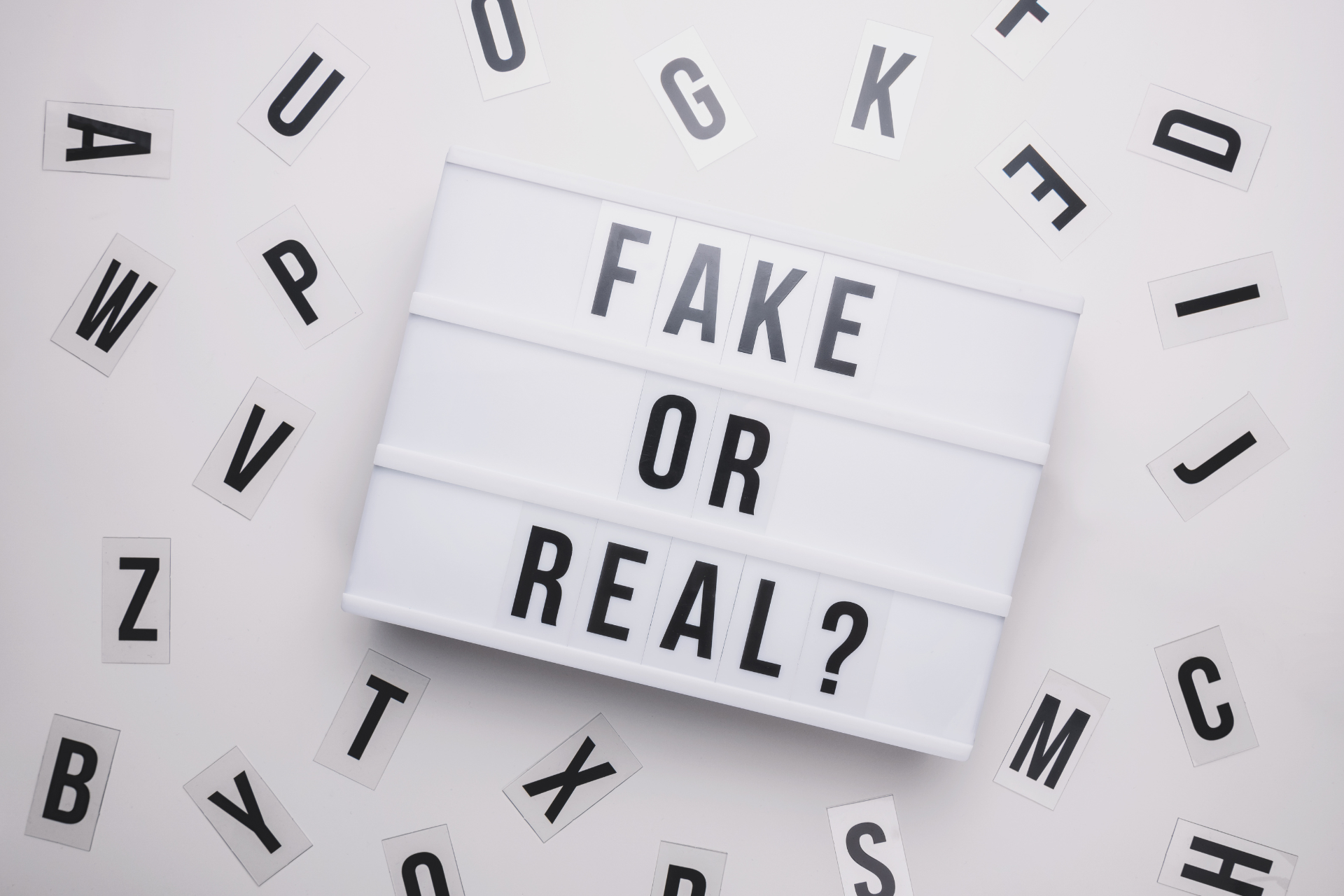Deepfakes, AI-generated audio, video, or images designed to mimic real people, have quickly evolved from experimental curiosities into dangerous tools for deception. As technology continues to advance, so does the ability for malicious actors to weaponize deepfakes for fraud, misinformation, and personal attacks. In 2025, the deepfake landscape presents serious challenges across personal, professional, and political arenas.
How Deepfakes are Made
Deepfakes are created using artificial intelligence, specifically deep learning models like autoencoders or generative adversarial networks (GANs). The process starts by training these models on large datasets of photos and videos of a person, allowing the AI to learn facial expressions, movements, and voice patterns. Once trained, the model can generate realistic but fake content by swapping faces in videos or mimicking voices. After the initial creation, post-processing techniques help enhance realism, such as smoothing artifacts (noticeable errors like 4 or 6 fingers or unnatural twitches) and syncing lip movements. Common software used to make deepfakes includes DeepFaceLab, Faceswap, Avatarify, and voice cloning tools like Descript’s Overdub. While these tools can be used creatively in entertainment or education, they also raise serious concerns around misinformation and impersonation.
This is an example of a deepfake side by side comparison.
The Growing Impact of Deepfakes
Victims of deepfakes, particularly women and minors,* are increasingly targeted with explicit or defamatory content. These fabricated videos can cause severe emotional distress, social stigma, and career harm, even when the content is proven false. Criminals are also using deepfakes to impersonate executives and trick employees into transferring money or divulging sensitive information. A commonly known deepfake scam happened last year as criminals exploited a company approximately $25 million USD.
*Read more about why women and minors are targeted more than other demographics.
Video conferencing tools and voice messaging platforms are now common channels for these scams, which can cause massive financial losses. In the political sphere, deepfakes of public figures are being used to spread false narratives and incite unrest. As these videos go viral on social media, they erode public trust, manipulate public opinion, and undermine democratic processes.
Protecting Against Deepfake Threats
To protect against these threats, it is important to verify content before sharing. One quick way to check is looking at the URL. Authenticity should never be assumed. Always check for inconsistencies in movement, lighting, or speech patterns and cross-reference information with trusted news outlets or official sources. AI-powered detection tools can also be used to identify deepfakes, analyzing digital fingerprints, facial patterns, and audio signals for manipulation. Limiting personal exposure online is another effective measure. Reducing the availability of personal photos, videos, and voice recordings by adjusting privacy settings can help limit the data that deepfake creators rely on.
It is important to understand the legal tools that are available as more states are introducing legislation to combat deepfakes. In an effort to defend against deepfakes, New Jersey passed legislation in April 2025 against “deceptive media made with artificial intelligence”. This is not long after California’s AB2655, which helps defend against deepfak es in the political setting.
Moving Forward in the Deepfake Era
Deepfakes will continue to improve in quality and accessibility, making detection and prevention more difficult. A combination of legal protections, public awareness, and evolving technology will be essential in managing this growing threat. Digital literacy and critical thinking are more important than ever. Understanding how deepfakes are made and used can empower individuals and organizations to better protect themselves and others from the harm they may cause.




